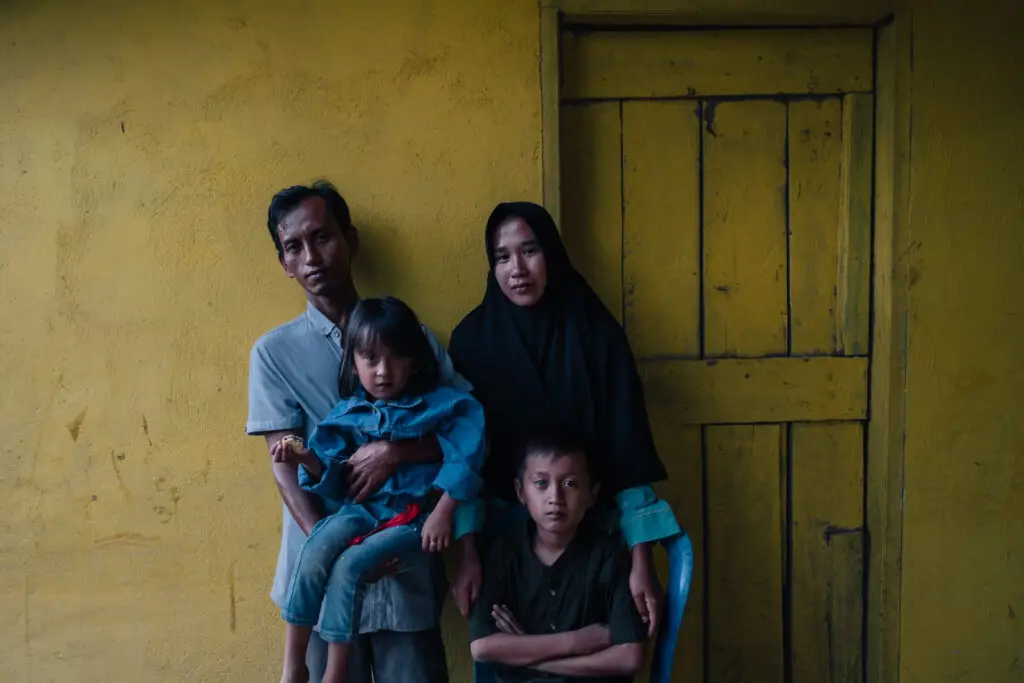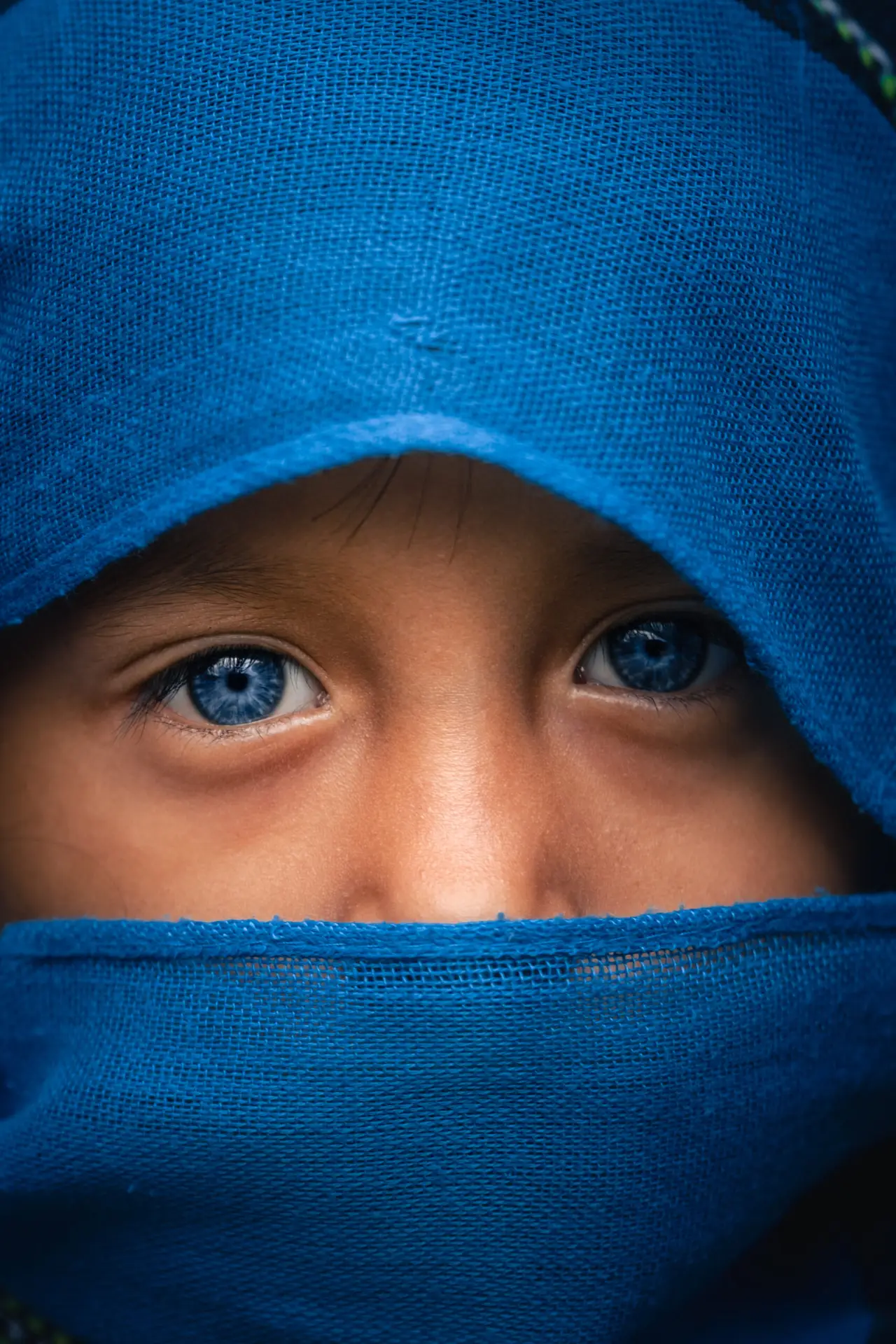In the world of rare genetic conditions, one that stands out in Sumatra, Indonesia is the Waardenburg syndrome. Named after the Dutch ophthalmologist Petrus Johannes Waardenburg, this condition affects both males and females across different ethnic backgrounds. In this blog post, we will delve into the causes, symptoms, and potential treatments of Waardenburg syndrome and introduce you to a familly in Sumpur touched by this syndrome during my travel in Indonesia.
But first, let’s start with some explanation.
1. The genetic causes

After doing internet research, Waardenburg syndrome is primarily caused by genetic mutations that affect the development and function of cells involved in the formation of a person’s facial features, hearing, and pigmentation. These mutations can occur in several genes, including PAX3, EDNRB, MITF, and SOX10. Most cases of Waardenburg syndrome are inherited from a parent that has a 50% chance of passing the condition on to their child.
2. The Symptoms and Types
Waardenburg syndrome is known for its characteristic features, which can vary from person to person. Some common symptoms include:
- Pigmentation Changes: Individuals with Waardenburg syndrome often have unique features related to hair, skin, or eye pigmentation. This can result in irises of different colors, patches of white hair or a distinct forelock.
- Hearing Loss: Sensorineural hearing loss is another common symptom among individuals with Waardenburg syndrome. The severity of hearing loss can vary and may affect one or both ears.
- Facial Abnormalities: Some individuals may have facial abnormalities, such as a broad nasal bridge, a prominent forehead, or a wide-set inner corner of the eyes. In this family case, none were observe.
- Intestinal or Neural Crest Disorders: In some cases, Waardenburg syndrome can also manifest with additional complications, including issues with the development of the intestinal tract or problems arising from the abnormal migration of cells during embryonic development.
Waardenburg syndrome is classified into four main types based on the combination of symptoms and the genes involved. These types are aptly named Waardenburg syndrome type 1 (WS1), Waardenburg syndrome type 2 (WS2), Waardenburg syndrome type 3 (WS3), and Waardenburg syndrome type 4 (WS4).
3. Diagnosis and Treatment
While there is currently no cure for Waardenburg syndrome, several treatments can help manage the symptoms and improve the quality of life for those affected. For example, hearing aids can improve communication and assistive devices can aid individuals with vision issues. Regular monitoring and screening for associated complications are also crucial in managing the condition effectively.
Dani and Ficka nor any people with hearing loss have support from the Indonesian government, which is why we are seeking your help to raise funds to help them.

Conclusion
Waardenburg syndrome serves as a prime example of a rare genetic condition that affects multiple aspects of an individual’s life, including physical appearance, hearing, and associated complications.
By learning more about this condition, we can increase awareness and understanding, ultimately promoting early diagnosis and appropriate support for individuals and families affected by Waardenburg syndrome. By donating here, we can provide Dani and Ficka the help they need for a better life and maybe be an example for the others in need.




